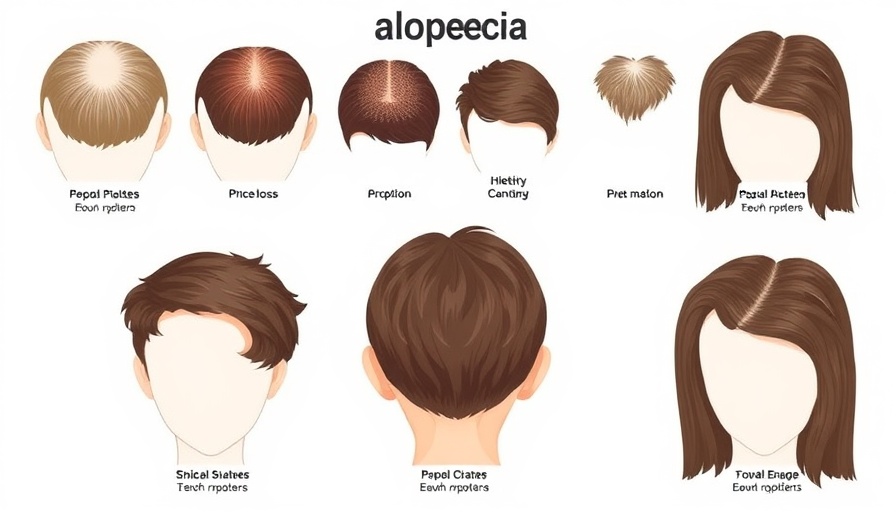
Florida’s Position: A Beacon for Women’s Health and Economic Empowerment
In a recent study, Florida has gained recognition as one of the top five states in the U.S. for women's health and economic opportunity. The analysis from Intimate Rose examined how geographical factors influence women's access to crucial healthcare services, workplace rights, and financial security. According to this report, the state has made significant strides toward improving the lives of women, predominantly through support for women-owned businesses and dedicated healthcare initiatives.
A Closer Look at the Rankings and What They Mean
Scoring higher than many states, Florida stands out with a score of 65.75. This is part of a larger trend where states like Nevada (79.36), California (70.01), and Alaska (69.96) took the lead, each implementing strong workplace protections and supportive policies for women's health. Notably, Florida has been proactive in creating a favorable environment for women entrepreneurs, which has led to a measurable increase in women-owned small businesses.
Healthcare Access: The Cornerstone of Women’s Well-Being
The report identified healthcare access as one of the most critical factors influencing ranking, accounting for 35% of the overall score. Florida's investment in healthcare has shown promising results: the state has improved accessibility to not just general health services, but also specialized treatment that women uniquely require. This is vital, especially in rural areas where healthcare services can be limited. These healthcare improvements are essential, as they provide a better quality of life and can lead to long-term economic benefits for women.
Workplace Rights: Paving the Way for Equality
Florida has also worked to enhance workplace rights, which made up 30% of the overall score in the report. Efforts have been made to close the gender wage gap, which, while still a significant challenge, has seen positive initiatives emerge in recent years. Programs aimed at encouraging workplace equality are vital for fostering a professional environment where women can thrive, get promoted, and earn competitive wages.
Groundbreaking Initiatives for Financial Independence
Women in Florida face fewer barriers than in some other states when it comes to financial independence. The report outlines that numerous programs are designed to support women's entrepreneurship and financial security. These initiatives do not just provide funding; they also promote mentorship and training opportunities, ensuring that women have the tools they need to succeed in the business world.
Insights from Other Top States
Interestingly, while Florida ranks well, states like Nevada and California also provide compelling examples of success strategies. Nevada's widespread support for women in business and healthcare access initiatives creates a model that Florida can continue to learn from. On the other hand, California’s extensive social safety net and policies aimed at gender equality serve as a reminder of the work still needed nationwide.
The Struggles of Southern and Rural States
Despite these advancements, the report highlights ongoing struggles faced by women in states like Louisiana, Mississippi, and Alabama, which rank at the bottom due to high gender pay gaps and limited access to healthcare. Louisiana, for instance, has the highest gender wage gap, where women earn only $0.71 to every dollar men earn. Such stark comparisons call for urgent improvements in states lagging behind, emphasizing the need for more aggressive policies nationwide.
What Lies Ahead for Women in Florida
As Florida celebrates its high ranking, there’s still work to be done. The roadmap forward requires continual investment in healthcare access and workplace rights while addressing the economic inequalities that persist. The path to ensuring that women can not only survive but thrive is dynamic and multifaceted. By focusing on systemic changes and celebrating successes, Florida can potentially rise even higher in the rankings.
Call to Action: Joining Forces for Change
For stakeholders across the spectrum—from policymakers to community organizations—there is an opportunity to advocate for continued improvement in women's health and economic opportunities. By pushing for policies that prioritize gender equity and economic support, everyone can play a role in making Florida a benchmark for women's rights and well-being.
 Add Row
Add Row 
 Add
Add 


Write A Comment